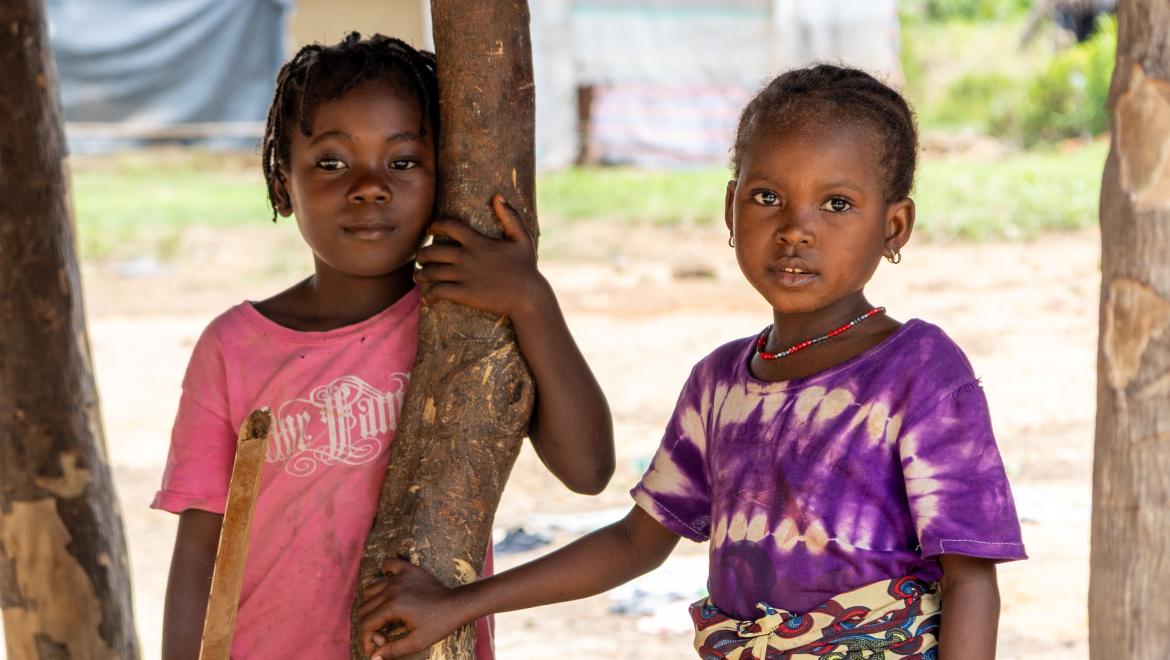2025 IOE-BDA-DHL Group International Business & Human Rights Conference
The International Organisation of Employers (IOE), the Confederation of German Employers’ Associations (BDA) and DHL Group will hold the public 2025 IOE-BDA-DHL Group International Business & Human Rights Conference which will bring together leading global, regional and national figures from the UN, governments, trade unions, civil society, business leaders and policy experts.
When: 6 May 2025, 09:00-17:00 CEST (followed by a networking reception)
Where: DHL Innovation Center, Troisdorf, Germany.
Link to register to the Conference. The registration deadline is set to 27 April 2025.
*****
Informal interactive dialogue on Childhood with dignity: Eliminating child labour in all its forms, including forced recruitment and use of children in armed conflict
The President of the UN General Assembly will convene, with ILO support, an informal interactive dialogue to raise awareness and accelerate efforts towards the elimination of child labour in all its forms, including the forced recruitment and use of children in armed conflict. It is also an opportunity to share best practices and to identify challenges and gaps in the achievement of SDGs, including SDG 8 (Target 8.7) ahead of its review at the High-level Political Forum in July 2025 and the Second World Summit on Social Development in November 2025.
When: Tuesday, 13 May 2025, 10:00-13:00 (EDT)
Where: Trusteeship Council Chamber, United Nations Headquarters, New York
The United Nations Webcast services will provide live streaming coverage and on-demand coverage (recorded video) through the UN Web TV website.
Participation will be open to Member States and observers of the General Assembly, the United Nations system, as well as representatives of non-governmental organizations with consultative status in ECOSOC.
******
Strengthening child labour due diligence of coffee companies in Uganda
In the framework of the ILO’s Child Labour Platform (CLP), the CLEAR Supply Chains project provided capacity building on child labour due diligence to coffee company members of the CLP who source from Uganda. Participants learned about key legal and regulatory frameworks on human rights and child labour, as well as key definitions of child labour and the different steps of a child labour due diligence process – from developing a child labour policy, assessing and acting upon child labour risks and impacts, to tracking, monitoring progress, communicating and reporting on child labour.
*****
Germany adopted two National Action Plans: one against Human Trafficking and another against Labour Exploitation and Forced Labour
The German Federal Government published its first National Action Plan to Prevent and Combat Trafficking in Human Beings and Protect Trafficked Persons (English version), passed on the 11 December 2024. With 126 concrete measures, the NAP provides a strategic roadmap to enhance efficiency and ensure measurable progress against this serious human rights violation.
Additionally, on the 12 February 2025, the German Federal Government adopted a National Action Plan against Labour Exploitation and Forced Labour. The implementation of this NAP, which contains 83 measures will start immediately. The NAP will be continuously developed together with the federal states, social partners and civil society.
Both National Action Plans turn Germany’s commitments made as an Alliance 8.7 Pathfinder Country into action.
*****
No country is immune: Working together to end modern slavery & human trafficking
The Global Commission on Modern Slavery and Human Trafficking launched its first report at a High-level event at the UN on 8 April 2025. The event included speeches by Baroness Theresa May (Chair of the Commission), the President of the UNGA, and senior representatives from several UN Agencies. The report contains comprehensive findings and recommendations for governments, businesses, and civil society, as to how to address the global challenges of modern slavery and human trafficking.
*****
Update on the Global Synthetic Dataset on Trafficking in Persons
IOM updated the Global Synthetic Dataset, the largest publicly available individual-level dataset on trafficking in persons, available on the Counter Trafficking Data Collaborative (CTDC) platform. It combines information about more than 222,000 victims and survivors of trafficking identified across 197 countries and territories from 2002 to 2023 and provides information on the socio-demographic profiles of victims, types of exploitation, and the trafficking process, including means of control used on victims.
*****
International Classification for Administrative Data on Trafficking in Persons (IC-TIP)
The United Nations Statistical Commission officially adopted the first global framework designed to standardize the collection and reporting of trafficking in persons data. The unified approach enables the identification of key trafficking in persons trends, including common routes, recruitment modalities, industries, and methods of exploitation. Further information on the IC-TIP and its implementation can be found here: UNSTATS IC-TIP.
*****
Global Business Network on Forced Labour Annual Report 2024
Businesses play a crucial role in the fight against forced labour across all sectors and geographies. Throughout 2024 the ILO’s Global Business Network on Forced Labour (ILO GBNFL) sought to increase its country presence, without neglecting the global-level activities. It continued to find opportunities for face-to-face and virtual awareness raising, training, and advocacy seminars and meetings. Take a look at the annual GBNFL report 2024, including key resources.
*****
Summary Report of the Child Labour Platform 2024 Annual Meeting
The ILO’s Child Labour Platform (CLP) is a cross-sectoral, multi-stakeholder forum for sharing experiences and lessons learned in eliminating child labour, particularly in supply chains. At it’s 15th annual meeting in December 2024, the CLP shared key achievements and created a space for members to engage in discussions on living wages and incomes in the context of child labour in supply chains, private sector collaboration with governments and building long-term capacity of suppliers to address child labour risks. Find out more about the discussed topics, rich exchanges in peer-learning sessions and meeting’s conclusion here.
